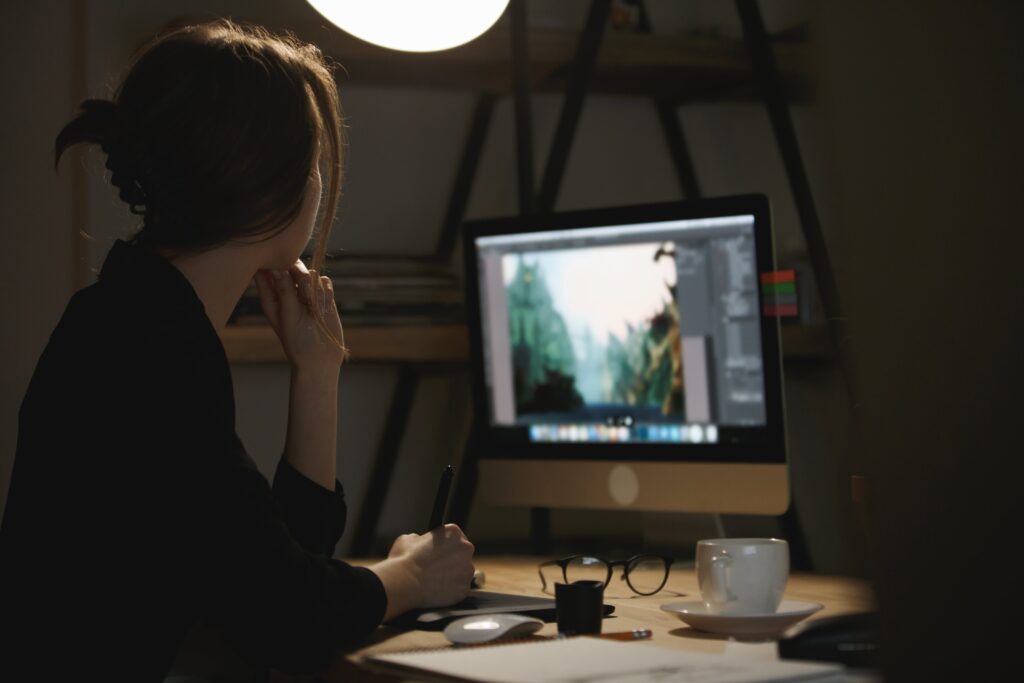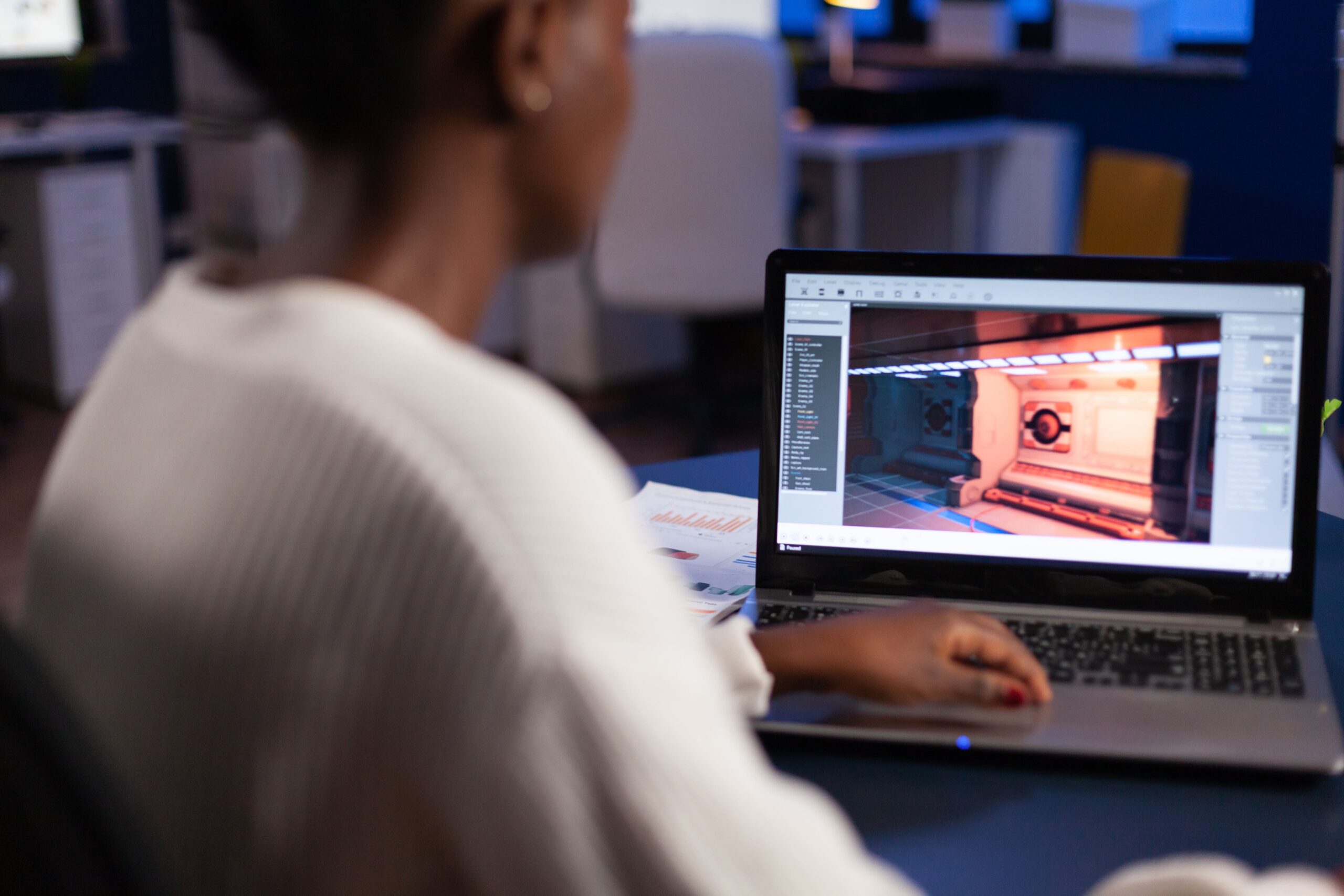Staying updated with animation technologies and techniques is crucial for professionals in the ever-evolving animation industry. As technology advances and creative trends shift, it’s essential to keep pace with the latest tools and skills to stay competitive and relevant in this dynamic field.
Whether you’re a seasoned animator looking to expand your expertise or a newcomer eager to break into the industry, staying informed about animation technologies and techniques is key to success.
3D Modeler
3D modelers are responsible for creating characters, environments, and objects in three-dimensional space. They use specialized software like Autodesk Maya or Blender to sculpt, texture, and animate 3D assets for films, video games, and other multimedia projects. A strong understanding of anatomy, form, and composition is essential for this role, along with proficiency in 3D modeling techniques.
Character Animator
Character animators bring life to animated characters by creating movement, expressions, and gestures that convey emotion and personality. They work closely with directors and storyboard artists to develop compelling performances that resonate with audiences. Proficiency in traditional animation principles, such as squash and stretch, timing, and anticipation, is crucial for success in this role.
Storyboard Artist
Storyboard artists play a vital role in the pre-production process by translating scripts and concepts into visual sequences. They create rough sketches or digital storyboards that outline the sequence of shots, camera angles, and character actions for a scene. Strong storytelling skills, a keen eye for composition, and the ability to work quickly under tight deadlines are essential for storyboard artists.
Visual Effects (VFX) Artist
VFX artists create digital effects and enhancements for live-action films, animated movies, and television shows. They use software like Adobe After Effects, Nuke, or Houdini to add visual elements such as explosions, weather effects, or fantastical creatures to scenes. A strong understanding of compositing, matte painting, and particle simulation is essential for VFX artists.
Motion Graphics Designer
Motion graphics designers create animated graphics and visual effects for a variety of media, including title sequences, commercials, and online videos. They combine typography, illustration, and animation techniques to communicate information or enhance storytelling. Proficiency in software like Adobe Illustrator, Photoshop, and After Effects is essential for motion graphics designers.
Rigging Artist
Rigging artists are responsible for creating the skeletal structure and controls that allow characters to move realistically in animation. They use software like Autodesk Maya or 3ds Max to build rigs that deform and animate 3D models. A strong understanding of anatomy, rigging principles, and scripting languages like Python is essential for rigging artists.
Texture Artist
Texture artists create surface textures and materials for 3D models to enhance their appearance and realism. They use software like Substance Painter or Mari to paint and apply textures to models, taking into account factors like lighting, shading, and rendering. Attention to detail, a strong sense of color and texture, and the ability to work collaboratively with other artists are essential for texture artists.
Lighting Artist
Lighting artists are responsible for setting up and fine-tuning the lighting for animated scenes to create mood, atmosphere, and visual impact. They use software like Pixar’s RenderMan or Arnold to adjust light sources, shadows, and reflections in a scene. A strong understanding of color theory, composition, and lighting techniques is essential for lighting artists.
Compositing Artist
Compositing artists combine multiple layers of visual elements, such as 3D renders, live-action footage, and effects, to create the final image or sequence. They use software like Adobe After Effects, Nuke, or Blackmagic Fusion to integrate elements seamlessly, adjust colors, and add visual effects. Attention to detail, strong problem-solving skills, and the ability to work efficiently under pressure are essential for compositing artists.
Art Director
Art directors oversee the visual style and creative direction of animated projects, ensuring that the artwork and animation align with the overall vision and goals of the production. They collaborate with directors, designers, and animators to develop concepts, establish art direction, and maintain consistency throughout the project. Strong leadership skills, a keen eye for design, and the ability to provide constructive feedback are essential for art directors.
Conclusion
In the fast-paced and competitive animation industry, staying updated with the latest technologies and techniques is essential for professional growth and success. By continuously expanding your skills, staying informed about industry trends, and seeking out opportunities for learning and development, you can position yourself as a valuable asset in the dynamic world of animation.
Key Takeaways:
- Continuous learning and adaptation are essential in the ever-evolving animation industry.
- Embrace new technologies and techniques to stay competitive and relevant in the field.
- Explore various roles in animation, from 3D modeling to art direction, to find your niche and expand your skill set.
- Collaboration and creativity are at the heart of successful animation projects, so hone your communication and artistic skills.
- Consider taking the NYU Animation Industry Essentials online course to deepen your knowledge and enhance your career prospects in the animation industry.
By committing to ongoing education and staying updated on industry trends, you can position yourself as a valuable asset in the fast-paced world of animation. Remember, the key to success lies in your willingness to learn, adapt, and grow as an animator.








